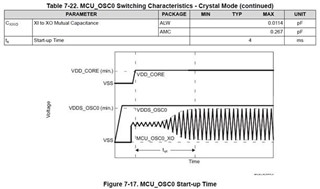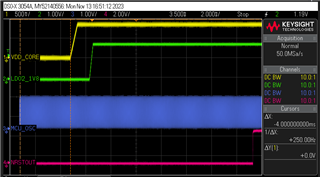-
Hi TI Experts,
I have the below queries regarding SOC(Processor) power-sequencing requirements for power-up and power-down
1.Is there a recommended power sequence to be followed for power-up?
2.Is there a power supply ramp requirement to be followed for power-up?
3.Is there a timing requirement to be followed between supply ramps (supply ramp delay time after the previous supply ramps)
4.Are there any other sequencing requirements that are required to be considered?
5.Is there a recommended power sequence to be followed for power-down?
6.Is there a power supply ramp requirement to be followed for power-down?
7.In the power-down sequence, the MCU_PORz goes low after the power supplies start to ramp down. Is this expected?
8.Could you comment on the effect of not following the power-up and power-down on SOC (Processor) performance?
9.Are these recommendations applicable for all the Sitara family of devicesLet me know your thoughts.
-
Ask a related question
What is a related question?A related question is a question created from another question. When the related question is created, it will be automatically linked to the original question.





